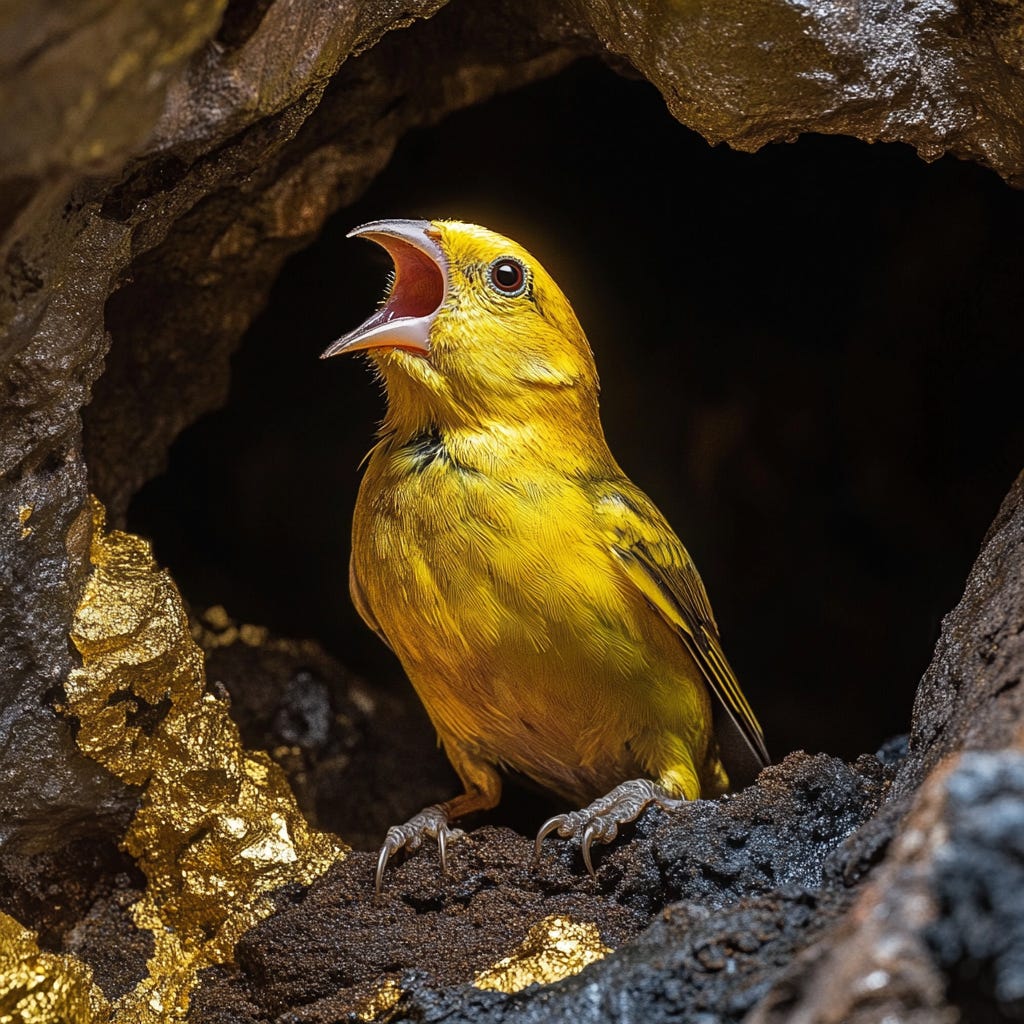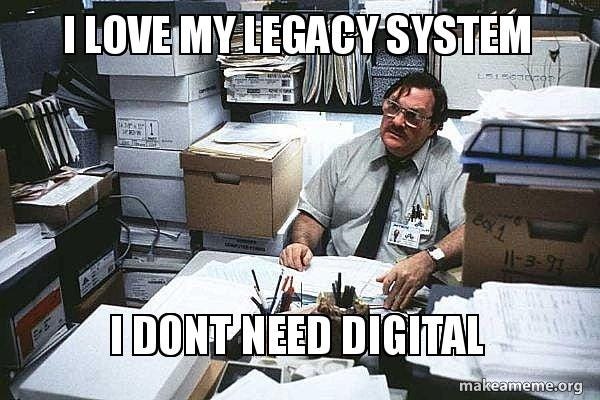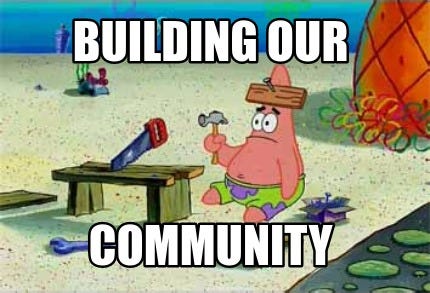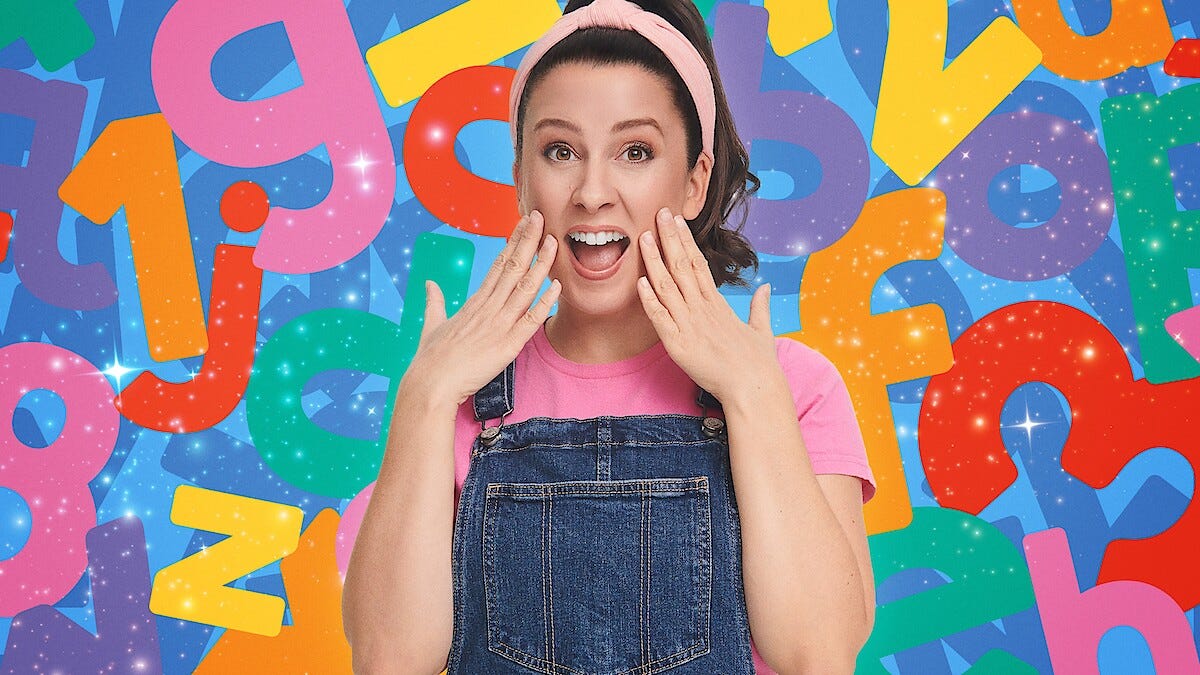The Canary in the Goldmine: Ms. Rachel, the Long Tail, and the Next Wave of Streaming Disruption
Social media has already gutted kids’ programming and is now tearing through unscripted content. And if you think scripted TV and movies are safe, you’re not paying attention.
But don’t fret yet, fellow Legacy media people — disruption isn’t always a death sentence.
Sometimes, it’s a goldmine—if you know where to dig.
Netflix’s acquisition of Ms. Rachel isn’t just another licensing deal. It’s a sign of what’s coming. A canary in the mine chirping out a warning: social media-native content is creeping into legacy platforms. The old model—big-budget bets on mass-market hits—is cracking. And while the industry scrambles to adapt, there’s a huge opening for anyone who can bridge the gap between premium storytelling and the community-driven world of digital-native content.
Ms. Rachel’s Journey to Netflix (and Why It Matters)
Ms. Rachel didn’t come up through the usual Hollywood channels. No pitch meetings, no waiting for a studio exec’s blessing. She built her audience the way creators do now—directly, on YouTube, with content designed for a niche but extremely loyal community. Parents trust her, kids love her, and her engagement numbers are off the charts.
Her channel, Songs for Littles, launched in 2019 as a way to help children with speech development through music and repetition. She became a powerhouse in kids’ content, amassing millions of subscribers and generating hundreds of millions of views per month. By the time she licensed her content to Netflix, her brand was pulling in tens of millions in annual revenue through YouTube ad revenue, merchandise, and digital sales.
Netflix didn’t make Ms. Rachel. They bought in—a crucial distinction.
Streaming platforms have spent years ignoring or underestimating creator-led content. Now, as social media eats more and more of their business, they’re scrambling to stay relevant.
The big question: Is this a one-time thing, or the beginning of a much bigger trend?
Because if platforms think they can just throw money at creator-driven content without understanding why it works, they’re in for a wake-up call. (And by the way, my wife has a degree in early education and teaches young children. Her analysis of Ms Rachel is she is great, and what she does— she understands how young kids learn and engage— is not easy).
The Next Trend: Why Streaming Platforms Must Think Like Social Media
If you don’t know who Doug Shapiro is, you should. Doug is a media strategist and former analyst who has spent years dissecting the shifting landscape of entertainment.
He was the Head of Strategy at Turner Broadcasting and now writes extensively about the future of media, streaming, and disruption. His work focuses on how technology reshapes content consumption, why legacy media struggles to adapt, and what the next wave of innovation will look like. If you want to understand where the industry is headed, he’s one of the sharpest voices breaking it all down.
Doug Shapiro’s Warning: Social Media Disrupted Kids’ Content First—Now It’s Coming for Everything Else.
His theory is simple: Disruption follows a pattern. It starts with the easiest, lowest-cost content and works its way up. First, it took over kids’ programming—a space where simple, low-production-value videos can be just as effective as premium content.
Parents didn’t need Pixar-level animation for their toddlers. They just needed something engaging, repeatable, and available at scale. YouTube became the home for it.
Then, unscripted content was next in line. Reality TV and game shows don’t require massive budgets or deep storytelling—they thrive on personalities, audience participation, and viral moments.
We all know MrBeast’s game show-style YouTube videos consistently outshine network reality shows. He’s running multi-million-dollar productions for a fraction of the cost of a typical Hollywood show.
But there are others. Netflix just picked up Inside, a UK-based Big Brother-style reality show created by YouTube group The Sidemen. And it’s not just the massive players—small digital studios like Mad Realities are pioneering interactive, audience-driven reality shows, blurring the line between content and community participation.
Mad Realities hit show ‘Shop Cats’ has accumulated over 487,000 followers on Tik Tok
Now, scripted TV, documentaries, and even movies are next in line. The assumption in Hollywood has been that premium content will always win—that younger audiences will eventually “graduate” to higher-budget, well-crafted storytelling. But Shapiro challenges that assumption. Younger viewers define quality differently.
For them, it’s not about polished production values—it’s about emotional connection, immediacy, and engagement.
This disruption isn’t just about replacing old formats with new ones—it’s about changing the very definition of what audiences value in content. And once social platforms have infiltrated all areas of entertainment, Shapiro predicts they will start increasing the premium nature of their content—just like rock music disrupted and eventually surpassed big-band jazz. It starts raw, messy, and experimental. Then it gets refined. By the time Hollywood fully wakes up to this, it might already be too late.
The White Space for Legacy Media: How to Compete in a Long-Tail World
If legacy media is going to survive this shift, it has to stop thinking like a studio and start thinking like a community builder.
If you are an executive in legacy media, rethink the long-term strategy beyond chasing viral content. Instead of simply licensing from digital creators, explore co-productions and partnerships that integrate audience data into development. Build interactive and fan-driven content models that allow for ongoing engagement rather than one-off hits. Invest in multi-platform storytelling—not just streaming, but social media tie-ins, live events, and direct-to-consumer experiences.
If you are a producer, understand that the role has shifted beyond just getting a show made. The smartest producers are those who align themselves with digital-native talent, helping them scale their ideas into professional productions while maintaining their organic connection with audiences. Development cycles need to move faster and more flexibly, taking cues from how online content is tested, refined, and iterated in real-time.
If you are a filmmaker, recognize that traditional distribution windows are no longer the only path forward. Look at alternative funding models, from crowdfunding to brand sponsorships, and consider hybrid distribution strategies that mix streaming, social media, and interactive engagement. Your audience may be built before your film is even made, and tapping into those pre-existing fan communities can shape your project’s trajectory.
The Risk?
Hollywood’s Classic Overcorrection: Hollywood loves to chase trends without fully understanding them.
If platforms start licensing creator-driven content without grasping what makes it work, they could flood their services with low-quality, low-engagement fluff. The key is balance: building infrastructure for long-tail content while still maintaining premium storytelling standards.
Final Takeaway: The Canary Is Singing—Will Hollywood Listen?
Ms. Rachel isn’t just a viral success. She’s a flashing warning sign. Social media has already devoured kids’ content and unscripted—scripted is next. But that doesn’t mean legacy media is doomed.
Hollywood’s edge isn’t disappearing overnight. While access to capital is shifting and the cost of production is going down, it still holds two key advantages: the money to invest in content at scale and a deep talent pool trained in high-quality storytelling. For now…
The challenge? Merging the agility and audience-building power of social media with the resources and expertise of traditional media.
Call it a warning. Call it an opportunity. Either way, the canary’s in the goldmine.
The only question is—who’s paying attention?









In order to move an audience emotionally requires a level of maturity. And patience. It requires asking tough questions.
If you just want to write the film to prove “you was right” and “I told them” and doing this while you shoot the gun sideways. Don’t write screenplays. Go learn to tell stories first. And maybe find out you’re better at content creating. Not storytelling. They aren’t synonymous.
J Cole had a song one of his biggest hits is all about how he was very much a virgin trying to play cool and acting like he wasn’t one.
Most of these popular social media accounts don’t do that.
Because they have to and agreed to jump when the algorithm says so, no matter how silly it is. That’s how MrBeast got as big. He was willing. Not vulnerable. (And one could argue not talented in storytelling)
To get that J Cole hit (and career) one must be vulnerable. And this is why on Prime, Beasts show is just another grain of sand at the beach. If it’s free, easy peasy.
Once people have to pay for that kind of content it doesn’t hit. Seen it once why see it again? Don’t know.
What’s the story about?
Any of these creators need to come to the church of storytelling.
If they just want to look cool stay on YouTube. Where you can be successful and not have to actually tell a story. Especially if they don’t have nowhere near the amount of followers Beast has.
What else are they offering then?